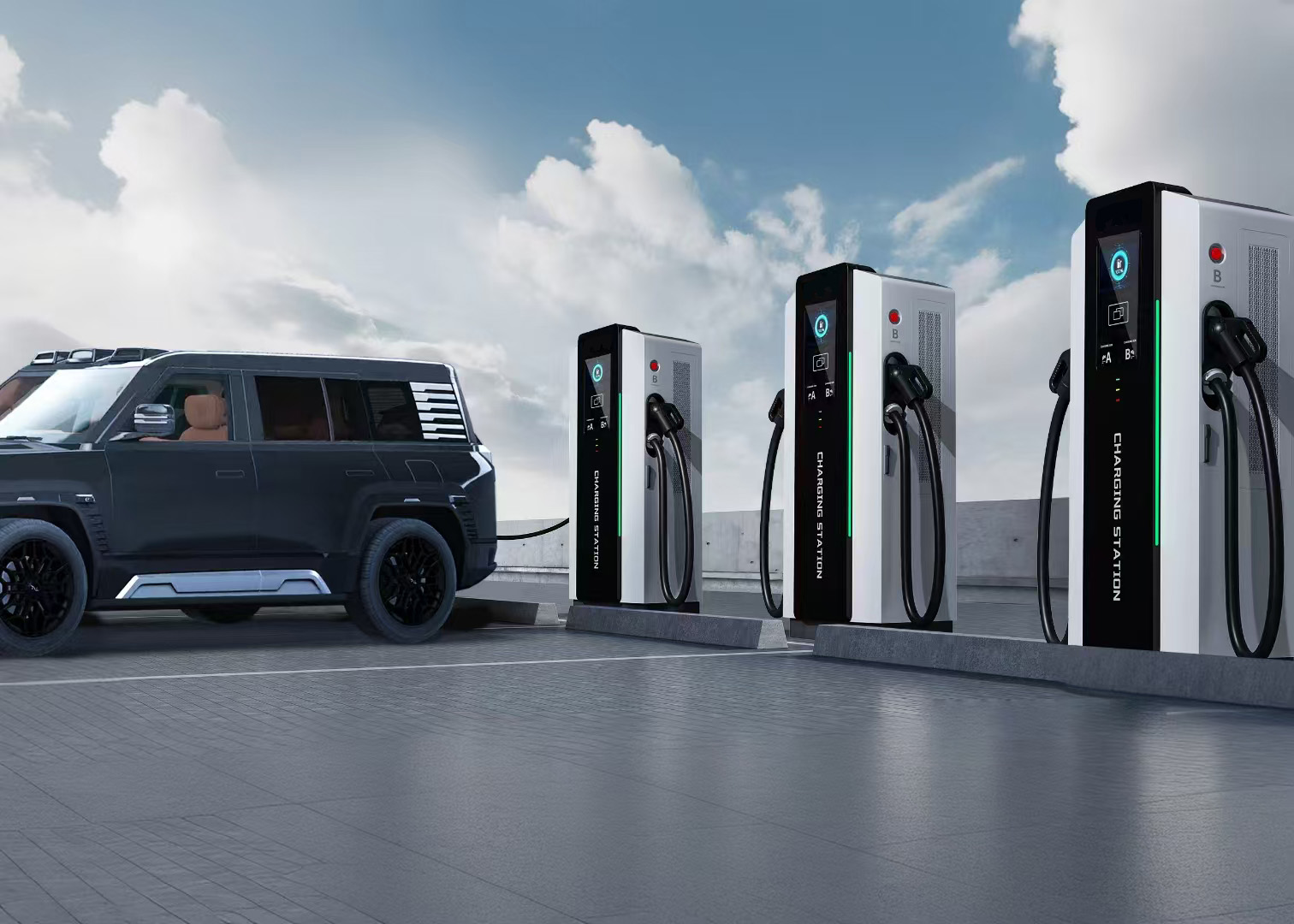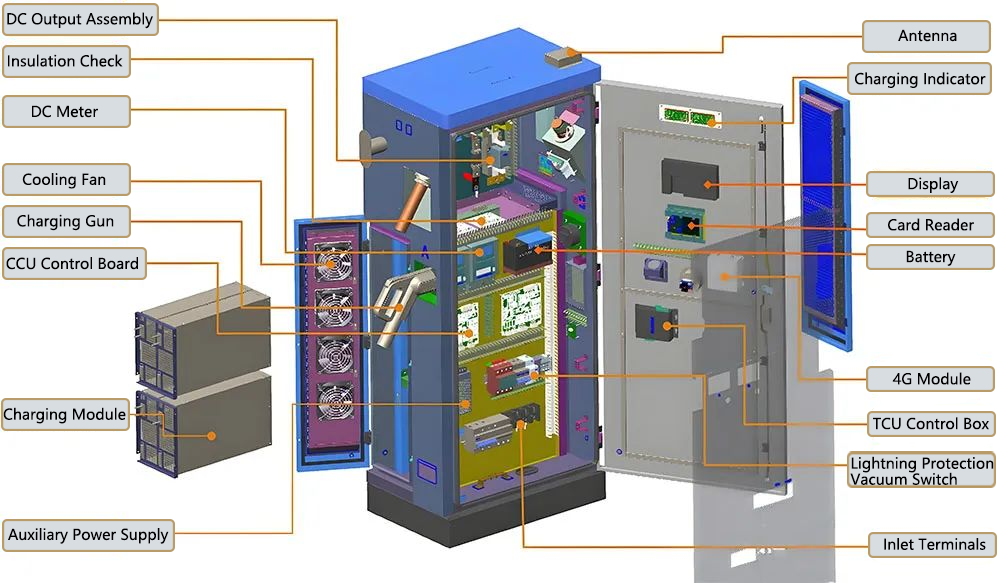1. About the history and development of electric vehicle charging piles in China
The charging pile industry has been sprouting and growing for more than ten years, and has stepped into the era of high-speed growth. 2006-2015 is the budding period of China’s dc charging pile industry, and in 2006, BYD established the first electric car charging station at its headquarters in Shenzhen. 2008, the first centralized charging station was constructed during the Olympic Games in Beijing, and charging piles are mainly constructed by the government during this stage, and social enterprise capital has not entered. 2015-2020 is the early stage of charging pile growth. In 2015, the state issued the “Electric Vehicle Charging Infrastructure Development Guidelines (2015-2020)” document, which attracted part of the social capital to enter the charging pile industry, and from this point onwards, the charging pile industry formally has the attributes of social capital, and we, China Beihai Power, are the only one of them to be involved in the charging pile industry. China BeiHai Power also entered the charging field of new energy vehicles in this time period. 2020-present is the key period of growth for charging piles, during which the government has repeatedly issued charging pile support policies, and charging was included in the construction of new infrastructures in March 2021, which has stimulated the industry to further expand and increase the production capacity, and so far, the charging pile industry is located in the key period of growth, and the charging pile retention is expected to continue to grow at a high rate.
2. The challenges of electric vehicle charging operations market
First of all, the charging station operation and maintenance cost is high, the use of high failure rate charging equipment operators, operation and maintenance costs more than 10% of the operating income, the lack of intelligence and lead to the need for regular inspection, operation and maintenance of manpower investment, operation and maintenance of untimely will also lead to the user charging experience is poor; Secondly, the short life cycle of the equipment, early construction of charging piles power and voltage can not meet the future charging of the vehicle evolution needs, waste of the operator’s initial investment; Thirdly, the efficiency is not high. Thirdly, low efficiency affects the operation income; fourthly, DC charging pile is noisy, which directly affects the site selection of the station. In order to solve the pain points of charging facilities, China BeiHai Power follows the development trend of the industry.
Take BeiHai DC fast charging module as an example, in terms of intelligent operation and maintenance, BeiHai DC fast charging module also brings new value characteristics to customers.
① Through temperature data collected by internal sensors combined with artificial intelligence algorithms, the BeiHai Charger can recognize the blockage of the charging pile’s dust net and the blockage of the module’s fan, remotely reminding the operator to implement accurate and predictable maintenance, eliminating the need for frequent on-station inspections.
② To address noise issues, the BeiHai Charger DC fast charging module offers a silent mode for noise-sensitive environment applications. It also accurately adjusts the fan speed according to changes in ambient temperature through sensor temperature monitoring in the module. When the ambient temperature decreases, the fan speed decreases, reducing noise and achieving low temperature and low noise.
③BeiHai Charger DC fast charging module adopts fully potted and isolated protection technology, which solves the problem that air-cooled charging module is susceptible to failure due to environmental influence. Through the accumulation of dust and high humidity test, accelerated high salt spray test, as well as in Saudi Arabia, Russia, Congo, Australia, Iraq, Sweden and other countries scenarios for long-term reliability test, verified the module in harsh scenarios of long-term reliability, significantly reducing the operator’s operation and maintenance costs.
That’s all for this sharing about charging posts. Let’s learn more in the next issue >>>
Post time: May-16-2025






